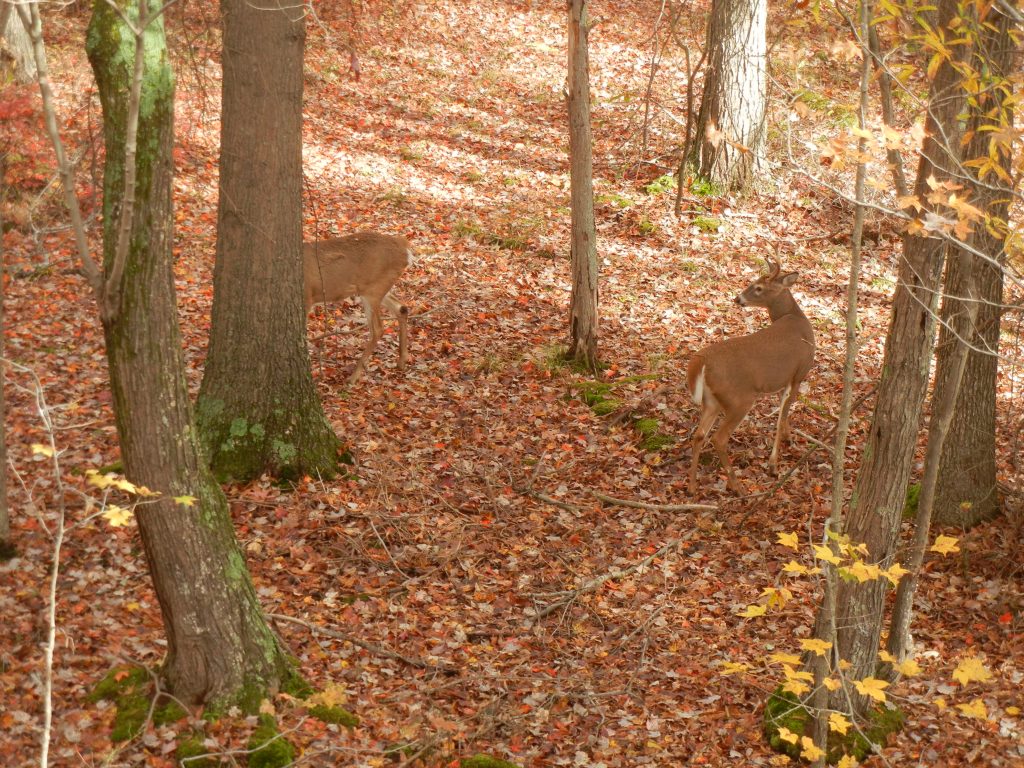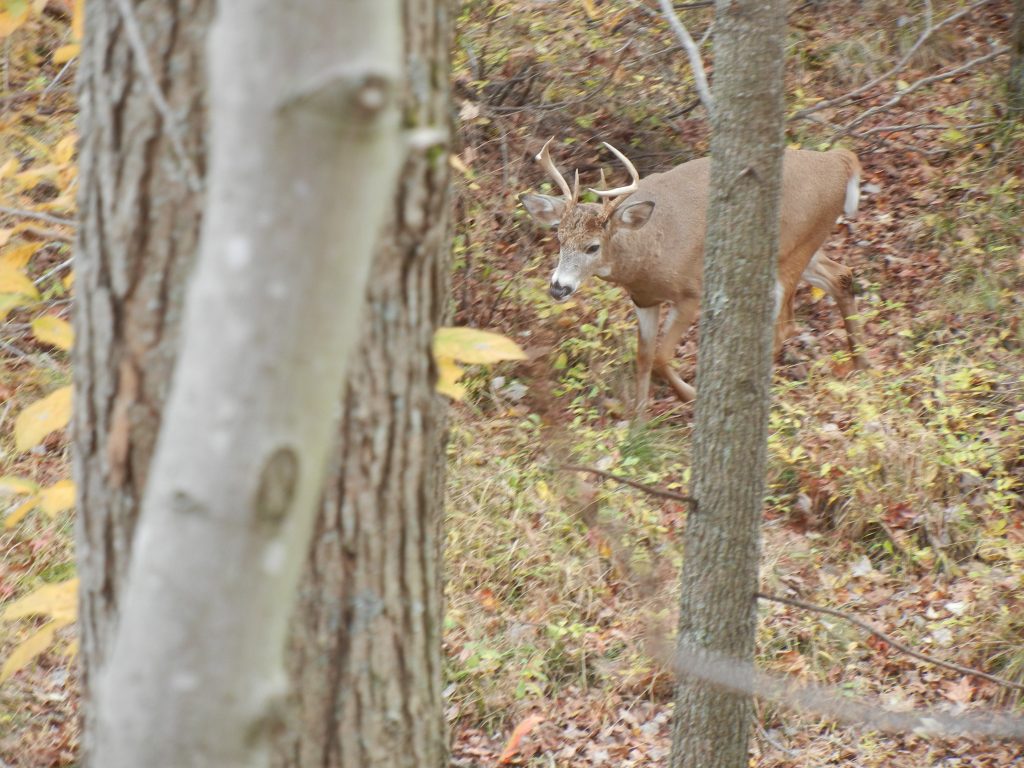Duane and I talk a lot. Topics are vast and far reaching – his rats, my mice, dogs, hunting, deer, current events, publications, research, woodworking, sewing, roadkill oryx, and, of course, this blog.

The blog is a beast that is never full. Content isn’t always easy to create, and we sometimes struggle. So why do we write The Deer-Forest Blog anyway? It’s not like either of us is needing more work.
The answer is marvelously simple: JOY!
For me, it is my one joy at work. A creative outlet, freedom, a way to reach outside the sometimes dull and tedious wildlife management box. For Duane, it is the same. A metric by which a research career cannot be measured.
Our most recent conversation about the “Why?” of the blog was sparked by a reader comment on Smoke and Mirrors. Specifically, Gregg T.’s compliment wishing that “the NYSDEC or ESF had a crew as dedicated as those who post this blog working for them to make sure that the public is educated” (Thanks Gregg!).
Duane and I have selfish reasons for writing this blog but the byproduct obscures that. The byproduct being the sharing of results from the Deer-Forest project and other research conducted in the deer world.
Flashback to back 25 years ago when Duane co-authored a paper titled “Attitudes of Pennsylvania Sportsmen towards Managing White-Tailed Deer to Protect the Ecological Integrity of Forests” which relayed the results of a survey of PA hunters.
Almost 90% of hunters agreed that controlling deer populations and keeping deer populations in balance with natural food supplies was necessary. We are all on the same page here.
But there was a real disconnect among some hunters about the relationship between deer and habitat. 20% of hunters disagreed that deer have the ability to affect plant and animal communities and 44% disagreed deer caused serious conflicts with other land uses, such as forestry and farming. Research has shown this not to be untrue.
And while nearly 6 in 10 hunters disagreed with the statement “We don’t have enough deer unless some are starving to death each year,” 20% of hunters were unsure and 24% agreed with the statement! Deer are tough, adaptable creatures. If they are starving, something is very, very wrong.
Historically, deer numbers have been the focus of deer management. The focus of deer and forest research has traditionally been on the effects of lots of deer (outside fences) versus no deer (inside fences).
Managing based on a single number or research with all or nothing parameters are relatively straightforward. Not easy, mind you, but straightforward.
But the real world is not about an absolute number of deer or deer versus no deer in a block of woods. We need functioning ecosystems. Only then will we be allowed to keep both deer and trees.
I’ve been accused of many things over my 20-year career in deer management. I’m sure you can guess most of them. One stands out – that I (or deer managers in general) hate deer, favor trees, and want to eliminate deer from the landscape.
This is the biggest insult anyone could sling. We have spent decades trying to understand deer and their place in ecosystem; how our actions alter and affect them; and how their actions alter and affect their environment.
I see deer every day. And it never gets old! Because we advocate for healthy habitat that may support fewer deer, it is not a betrayal of our beloved cervid.

If we can show how soil chemistry, plant diversity, and deer are interconnected; how the health of the whole influences the parts; then the Deer-Forest project will be a success.
If we can share how soil chemistry, plant diversity, and deer are interconnected; how the health of the whole influences the parts; then the Deer-Forest blog will be a wildly successful endeavor.
Thanks for sharing in our JOY!
–Jeannine Fleegle and Duane Diefenbach
